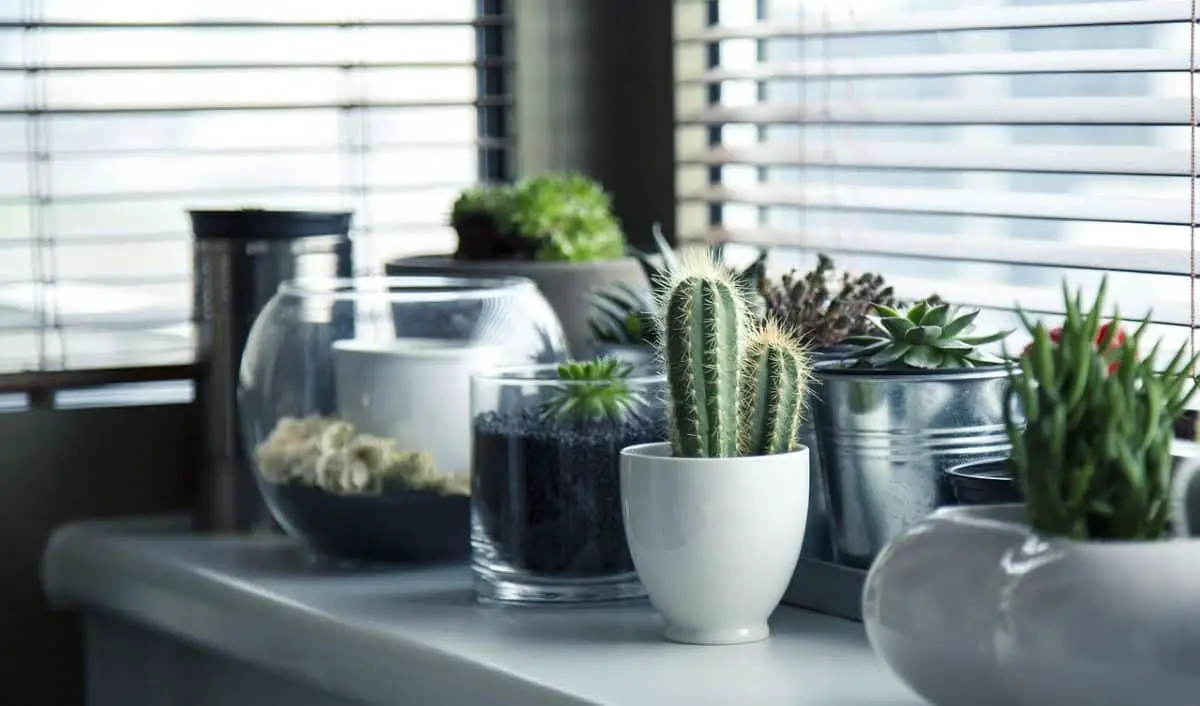

More than 1,700 different cacti species, more than 8,000 if we also include the succulents. It is logical that, when you are given a cactus, or you find one that you like, you buy it and ask yourself what cactus I have.
There are ways to tell, at least roughly, what cacti you have in your collection. For this reason, on this occasion, we want to give you a hand so that you know how to get the type of cactus you have, or glimpse what type it could be. Go for it?
How to know which cactus I have


To know what type of cactus you have, it is necessary to carefully observe the characteristics of the plant, such as the shape, size, color and spines. Additionally, you can use online resources, such as images and descriptions of different cacti species, to compare the characteristics of your cactus with those of other known cacti.
Here are some things you can look at to determine the type of cactus you have:
- Shape: Look at the general shape of the plant. Is it cylindrical, spherical, columnar, globose, or fan-shaped?
- Size: Determine the size of the cactus. Is it small, medium or large?
- Thorns: In this case, focus on the type, size and arrangement of the cactus spines. Are they short or long? Are they clustered in large or small groups? Are they arranged in a specific pattern?
- Flowers: If the plant has flowers, look at the shape, size, and color of the flowers.
- Color: Look at the general color of the cactus. Is it green, blue, yellow, or some other color?
Once you’ve observed these characteristics, you can search online for images and descriptions of different cacti species to compare them to your plant and determine its species. You can also consult a cactus expert or desert plant nursery for help with identification.
with apps
If you have a smartphone you also have some plant identification applications. Its operation is very similar in all of them since it will ask you between one and three photos to analyze the characteristics of these and give you a result, or several, that can match the copy you have.
Some examples of these applications are Plantnet or Plant Parent (the latter is paid, but you can try it a little for free).
Apart from this, we are going to indicate some aspects that can give you an answer to that question of what plant I have.
How to identify which cactus I have


Since we want you not to have any problem when it comes to identifying which cactus you have at home, in addition to the above that we have mentioned, here we give you some keys that can help you to know which one you have.
succulent family
You may not know it, but cacti are part of the succulent plants and there are more than 8,000 species. Among them, as we have told you at the beginning, 1700 would be cacti themselves. But the truth is that there are 7 families that are the most common.
cacti
It is where cacti generally stay. It is characterized because it has a part that acts as a succulent, that is, it stores water inside. In addition, they have stems and roots with thorns.
Visually they will be cacti with a smooth stem that inflates to accumulate water. They do not have leaves (or few species do) and these, if they do, are full of thorns.
Crasulaceans
They are plants that have the succulent part in the leaves, in such a way that they are plump and fluffy, very decorative.
The vast majority of them lack thorns and are not considered cacti in themselves, but succulents.
Agavaceae
They are also succulents and have that storage in the leaves, but the truth is that their appearance is usually more of a bush, with long, flat leaves. Of course, in the end they may have the occasional thorn, or on the edges of these.
Euphorbias
We could say that euphorbias are not cacti, but many times we see them as such. They attract attention because they have a very varied shape that attracts a lot of attention. They can be slimmer like cacti (slender than these), but could also be creeping.
In most cases they have thorns on the edges of their stems and they produce flowers.


Aloaceae
Yes, if it has reminded you of aloe, you are on the right track. They are characterized by having a bushy shape with succulent, soft and fluffy leaves.
Aizoaceae
They attract a lot of attention because they are flowering plants. The most characteristic of this family are the lithops or stone plants, which are soft, very small and creeping, which can open up to produce very showy flowers.
Purslane
The last of the families that you can find are these, characterized by being a kind of shrub, or tree because they can reach 2 meters in height.
They have small but fleshy leaves because it is where they accumulate water.
Based on everything we have told you, you could identify the characteristics of your plant to know which family it would be in and at least narrow the search. However, perhaps the best way is to compare the photo of your plant, either in applications or in photos. How would you do it? Have you had doubts with any of your plants?


One thought on “What cactus do I have: discover the keys to know the species”